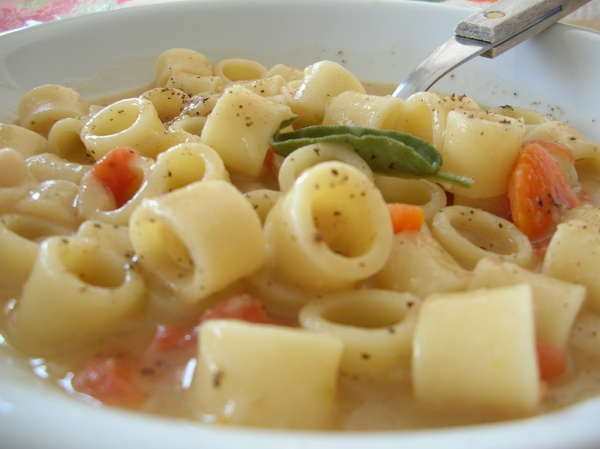Facts About Pasta e fagioli
Pasta e fagioli, which translates to "pasta and beans" in Italian, is a classic soup that has found its way into the hearts (and kitchens) of many. In the U.S., you might hear it referred to as pasta fasul, a nod to its Neapolitan roots where it is known as pasta e fasule. Originally a humble meal due to its inexpensive ingredients, it has become a beloved staple, rivaling the popularity of pizza and polenta.
The beauty of pasta e fagioli lies in its simplicity and versatility. While the core ingredients are always beans and pasta, the type of beans can vary. Cannellini beans, Great Northern beans, and Borlotti beans are all popular choices. As for pasta, small shapes like elbow macaroni or ditalini are the preferred options.
The soup's base is typically made with olive oil, garlic, onions, celery, carrots, and either tomatoes or tomato paste. Some recipes, however, replace the tomato base with broth. There are also variations that are either vegetarian or include meats such as bacon, ground beef, or pancetta.
Different regions in Italy put their own spin on pasta e fagioli. In Bari, for example, the soup is thicker and often made with a mix of pasta shapes and a pancetta-infused sauce. Some versions even purée the beans to create a stew-like consistency. Additionally, the word for "beans" changes according to the region—it’s fagioli in standard Italian, fasule in Neapolitan, and fasola in Sicilian.
Pasta e fagioli has also left its mark on popular culture. The song "Pastafazoola" by Van and Schenck, along with Dean Martin’s famous tune "That’s Amore" both celebrate this hearty dish, highlighting its cherished place in Italian and Italian-American life.

 France
France